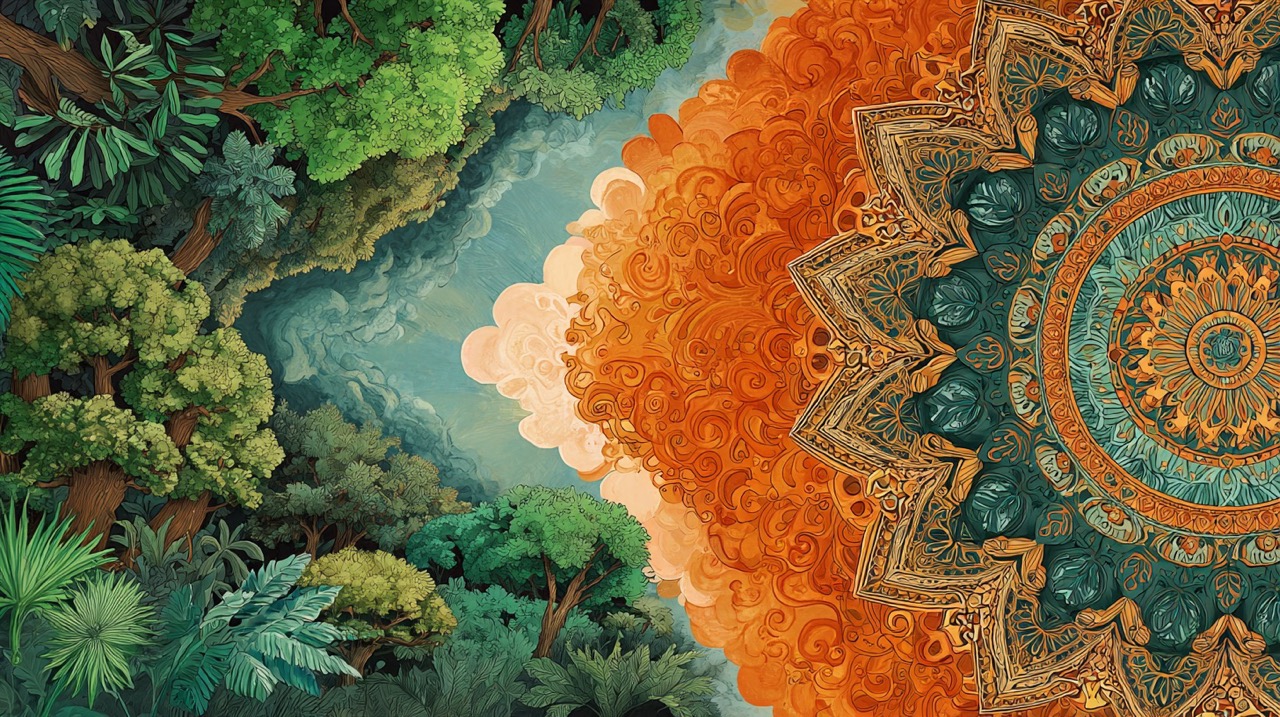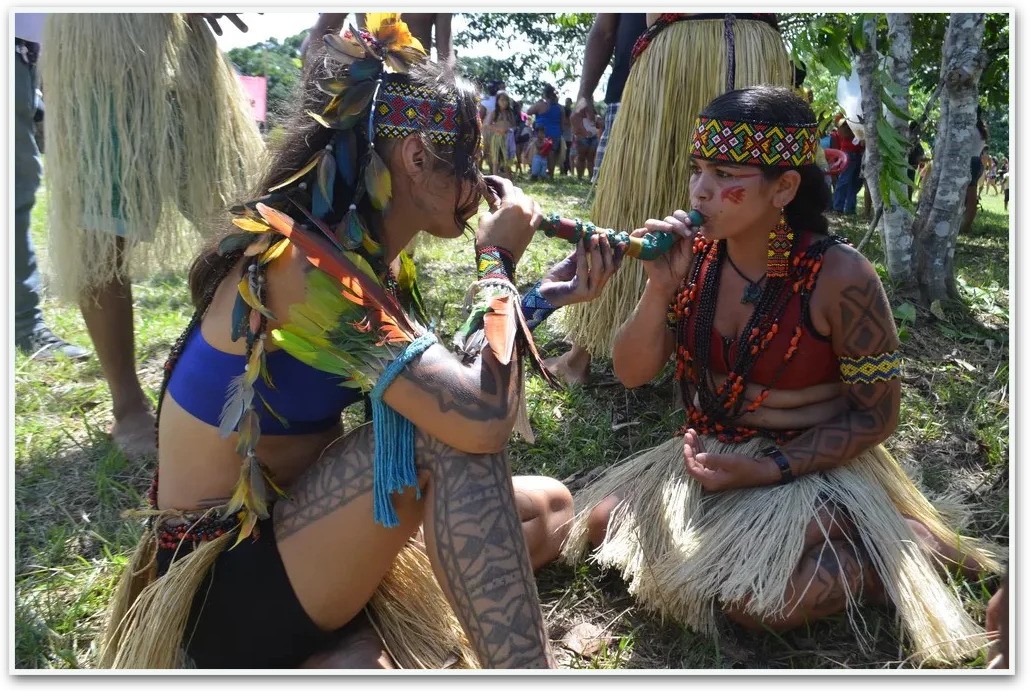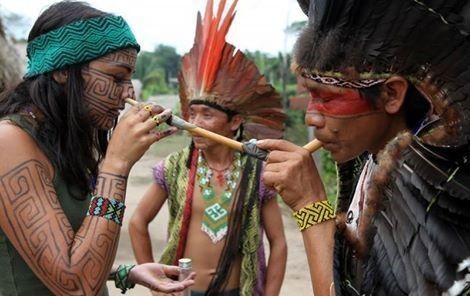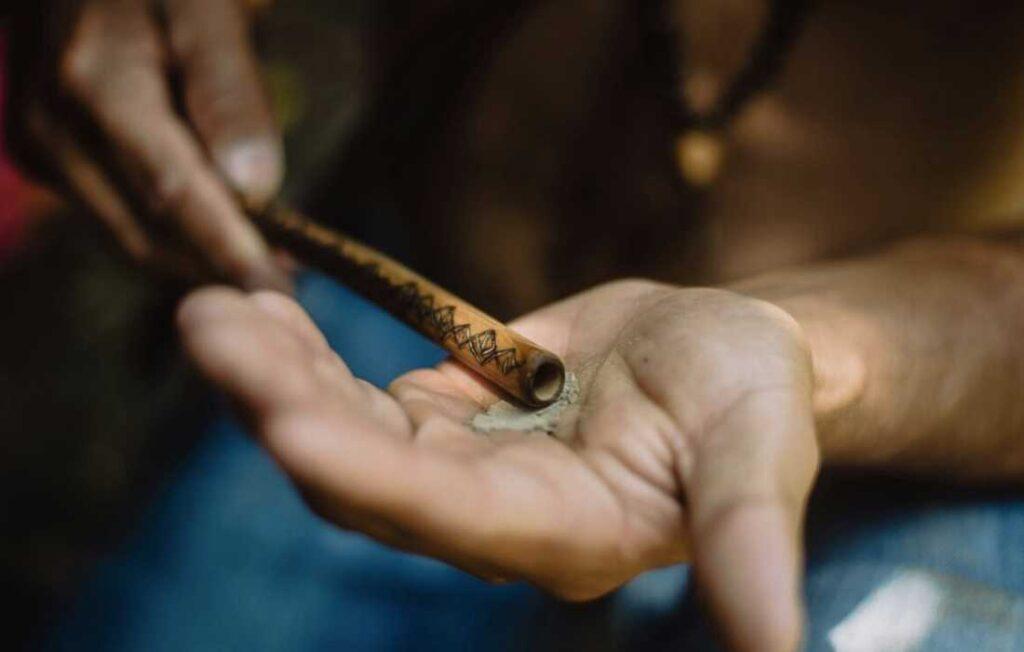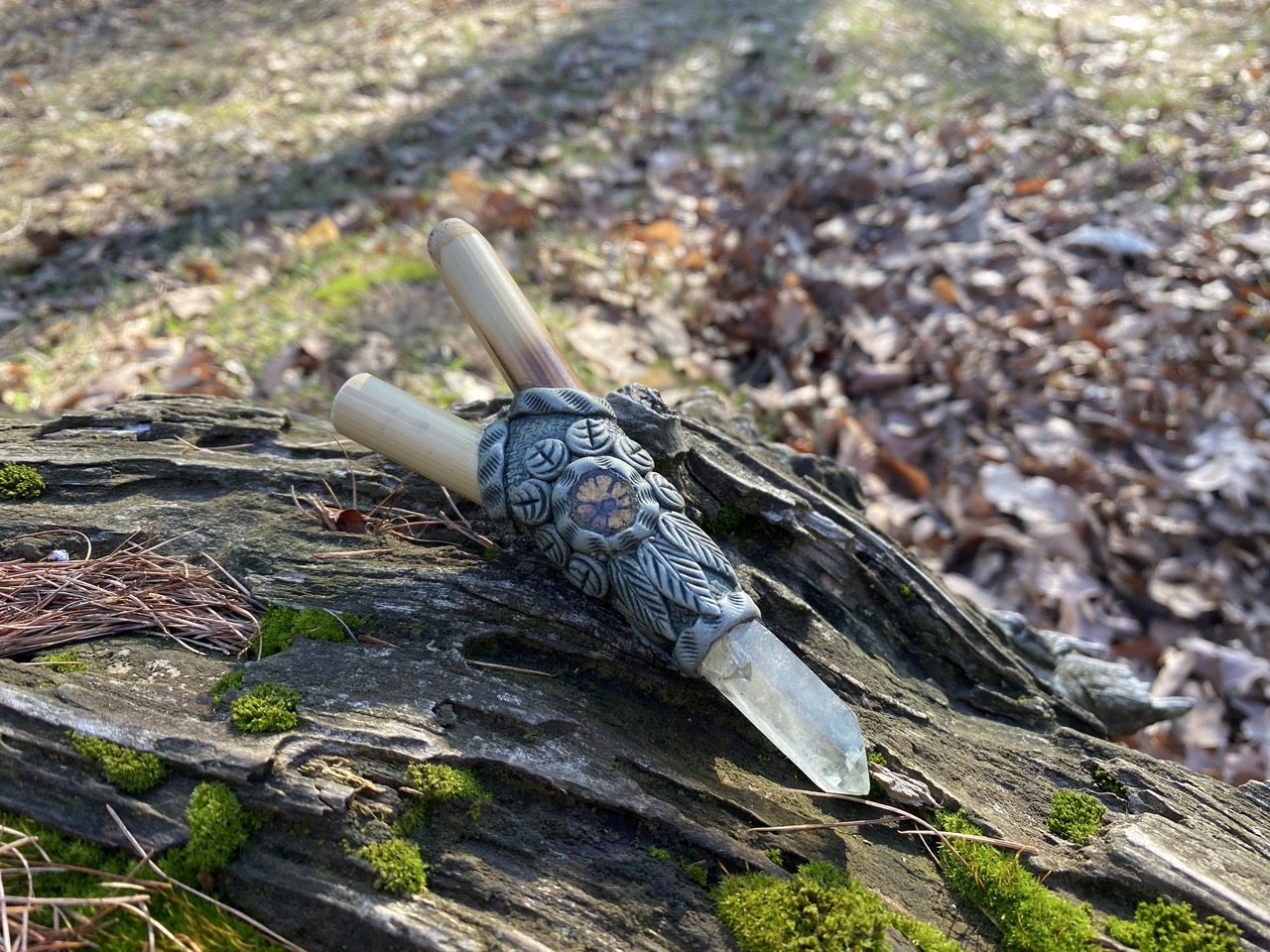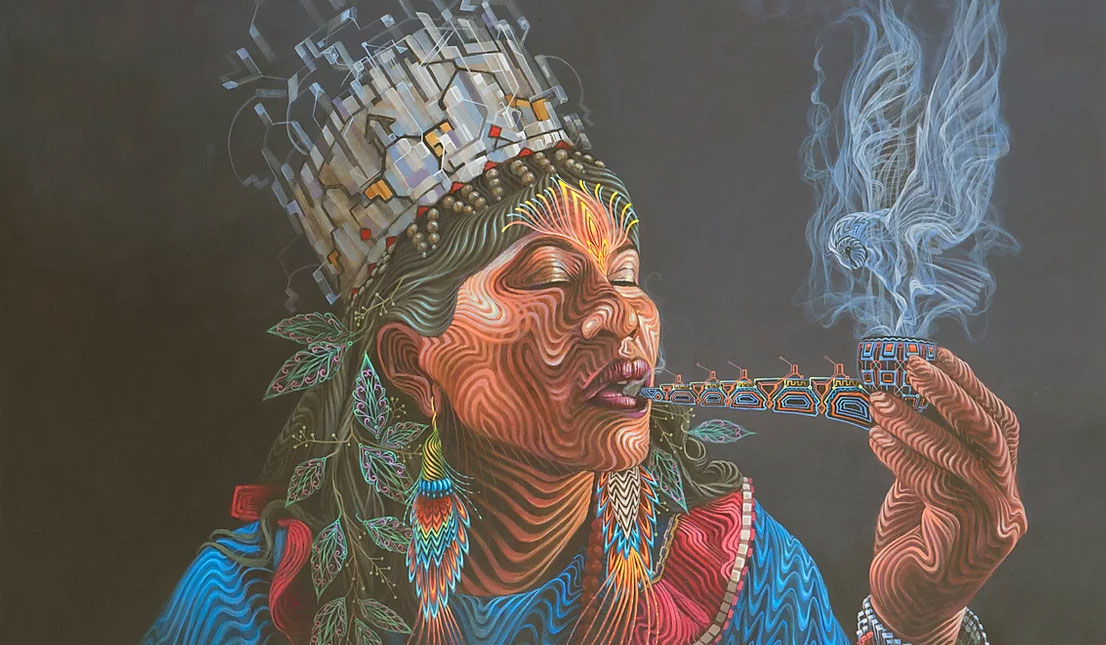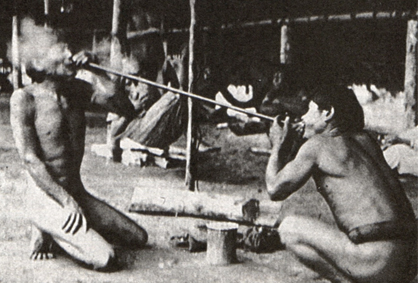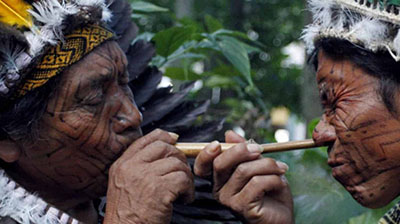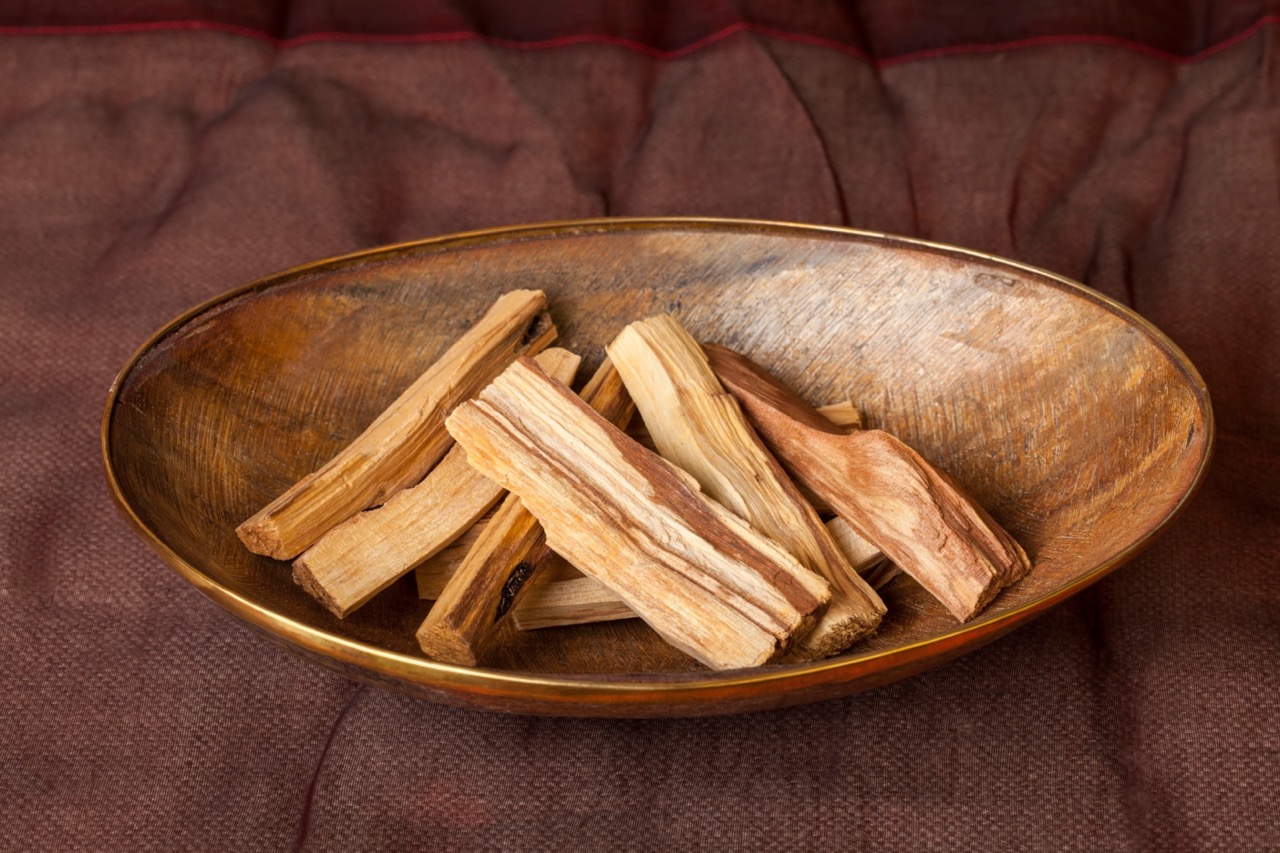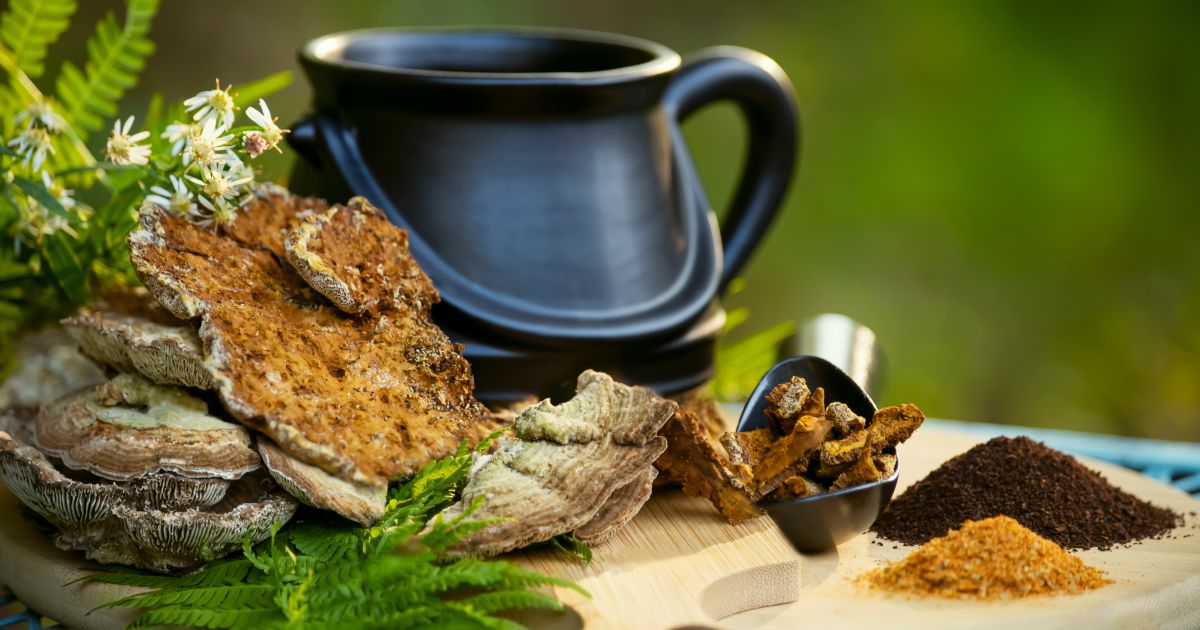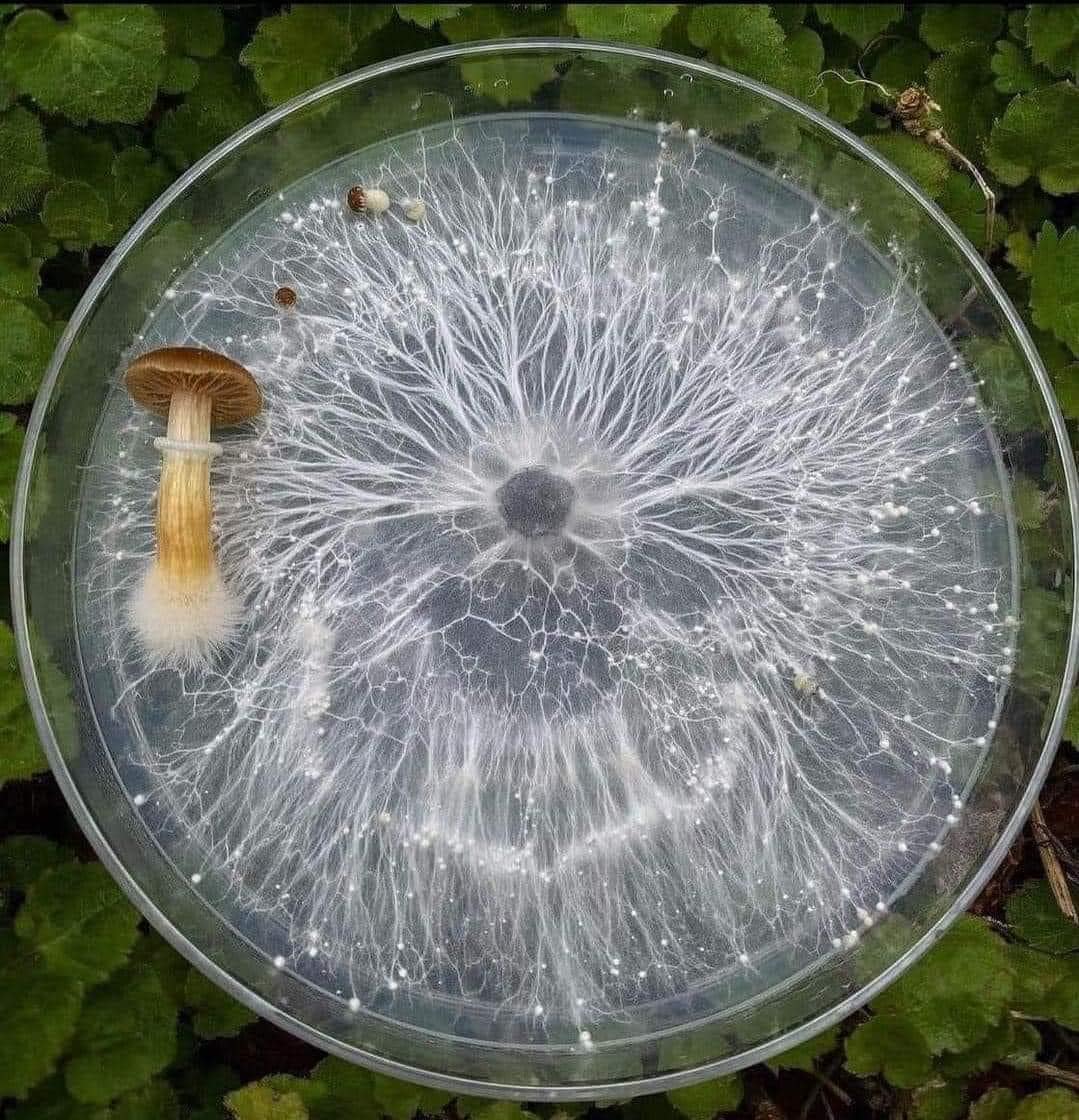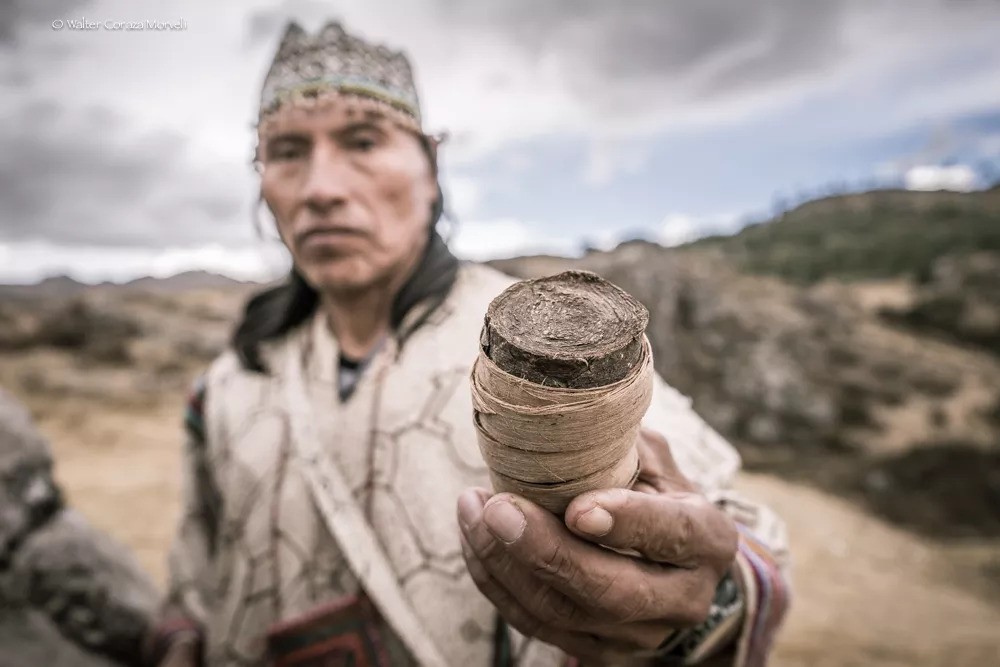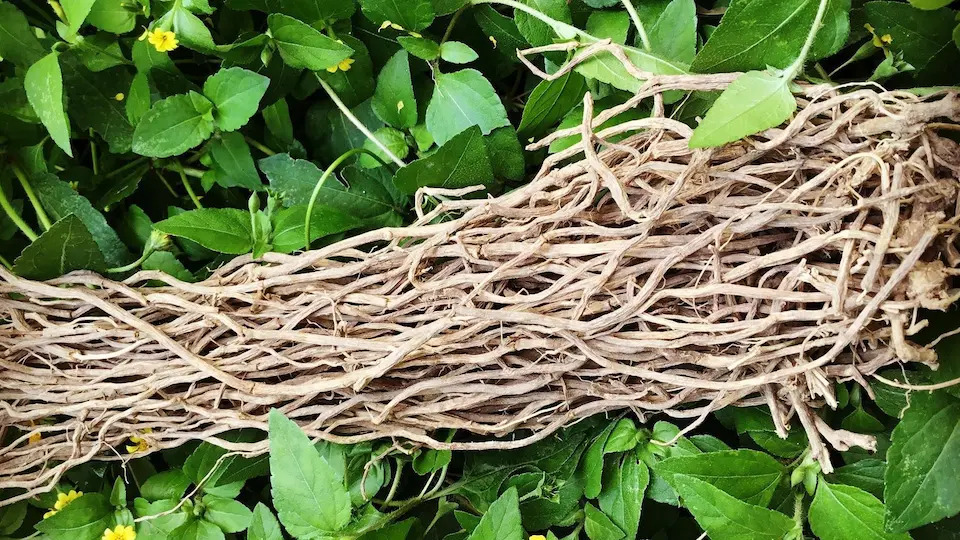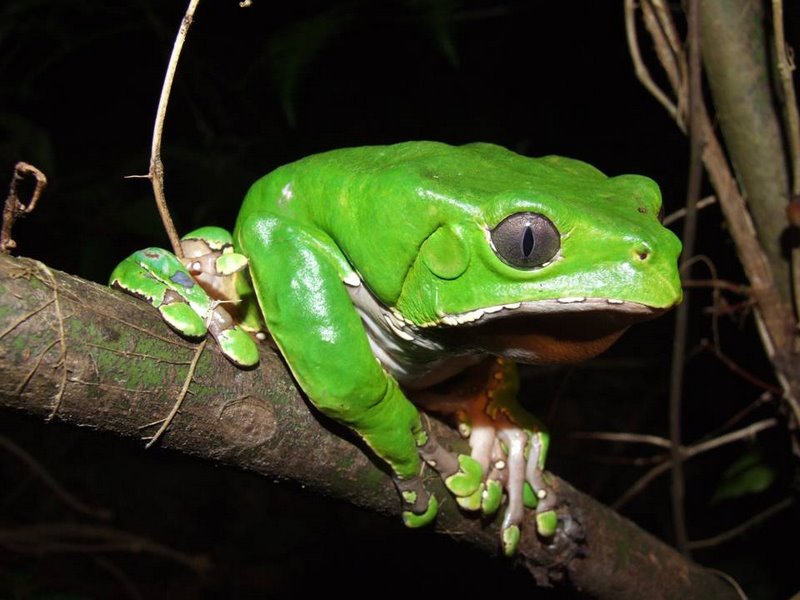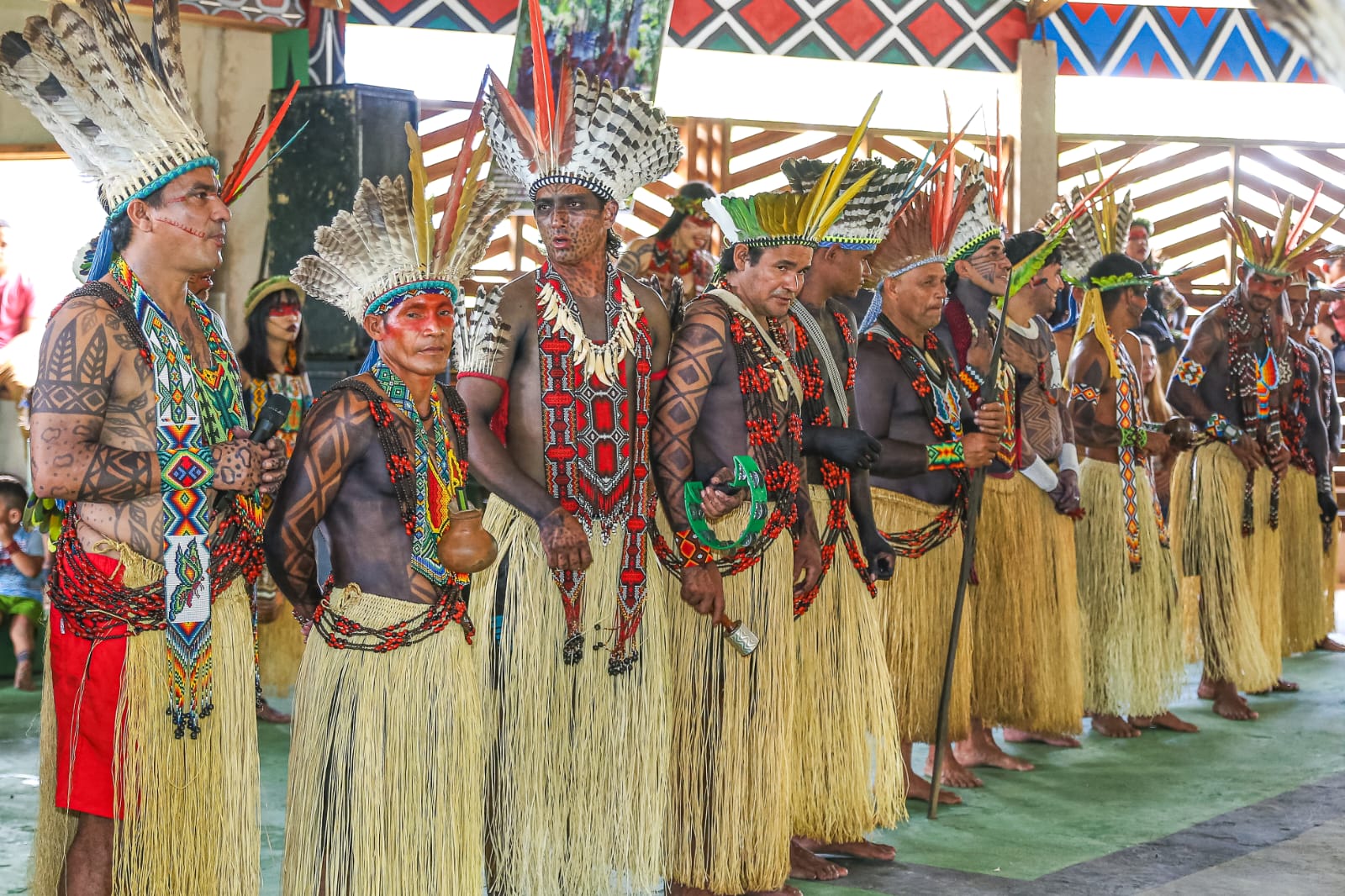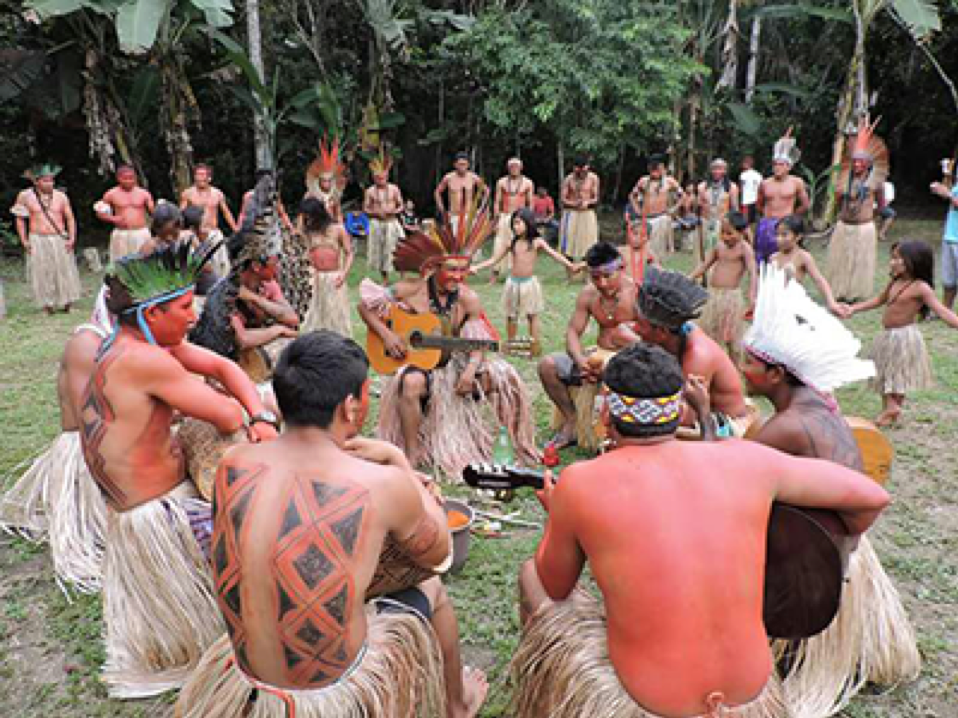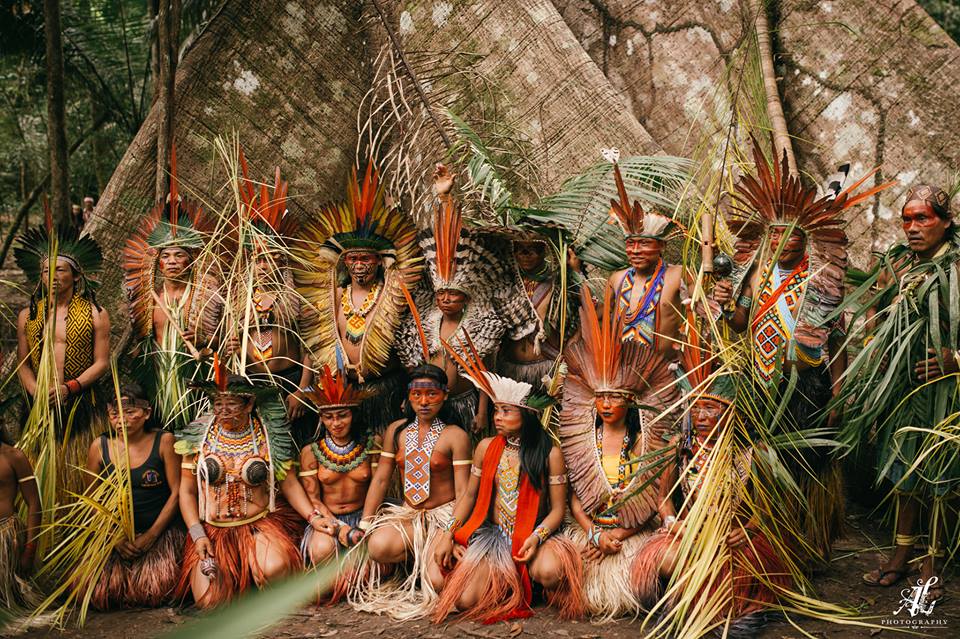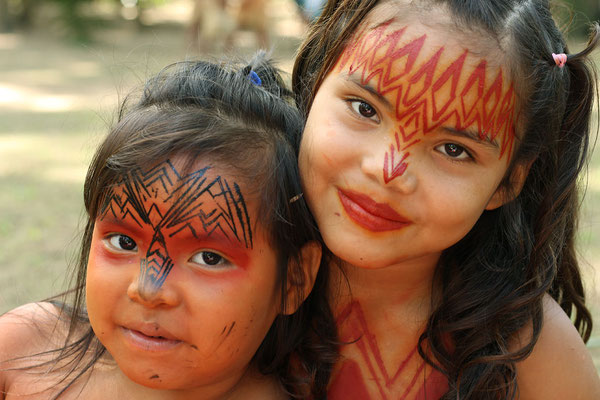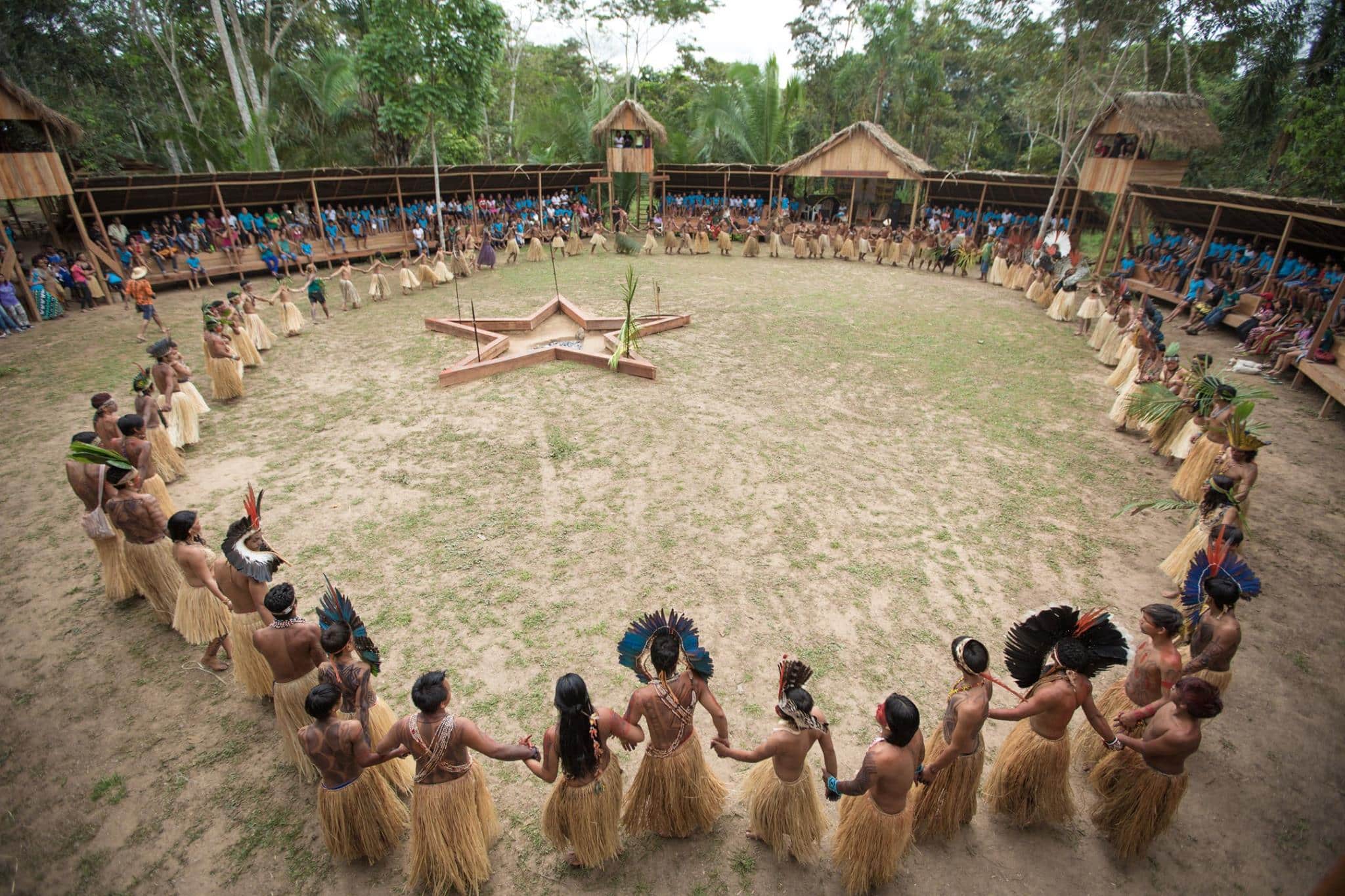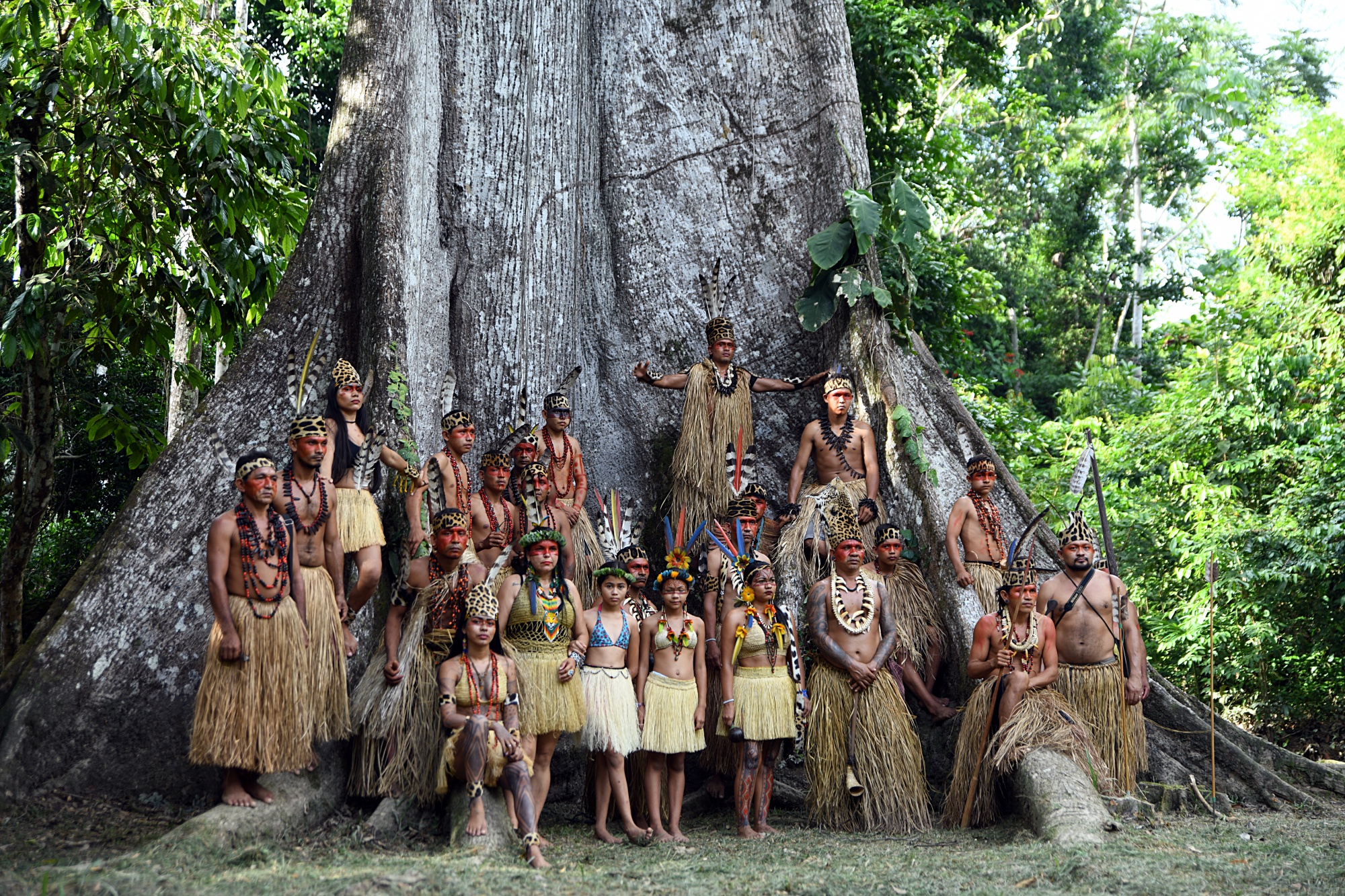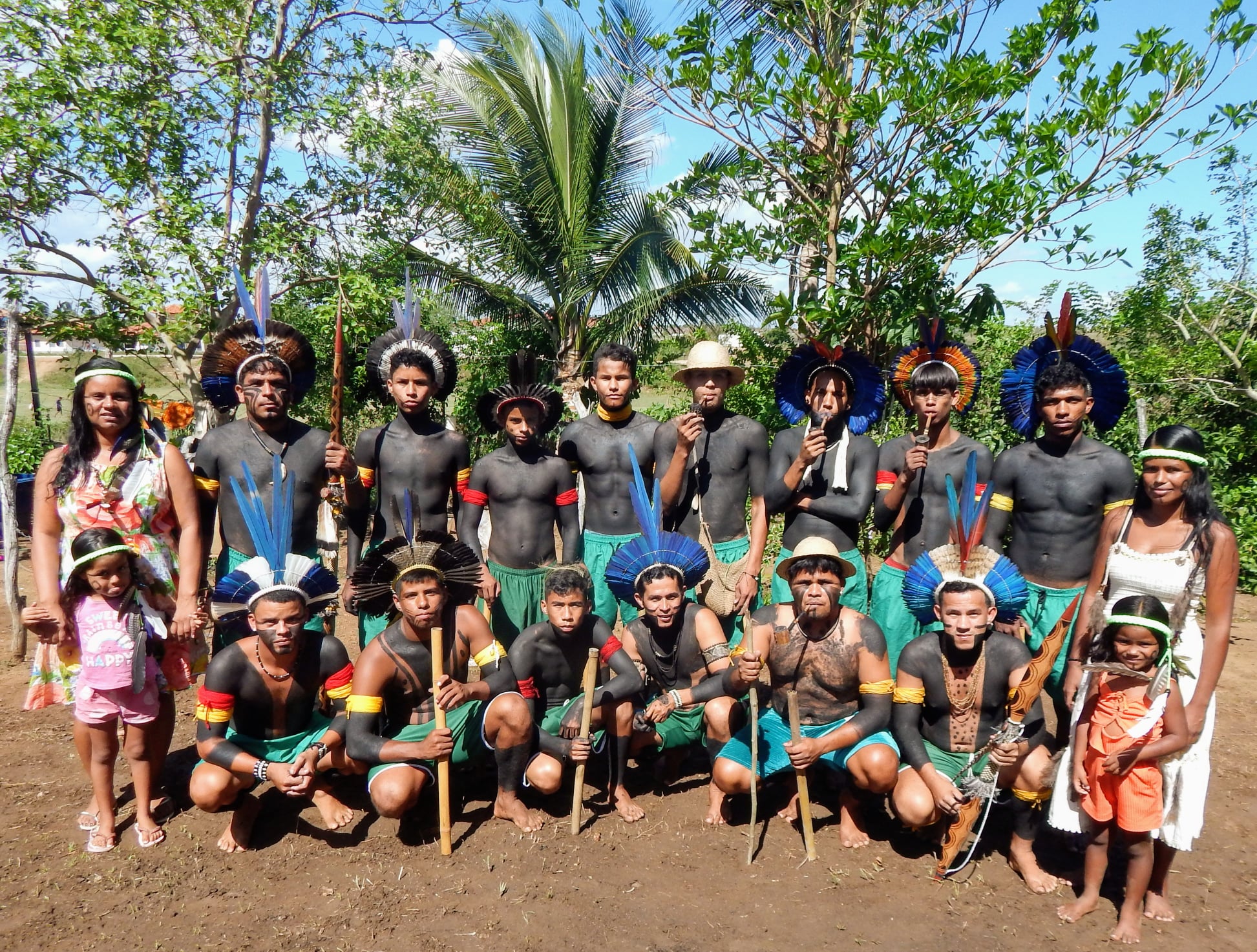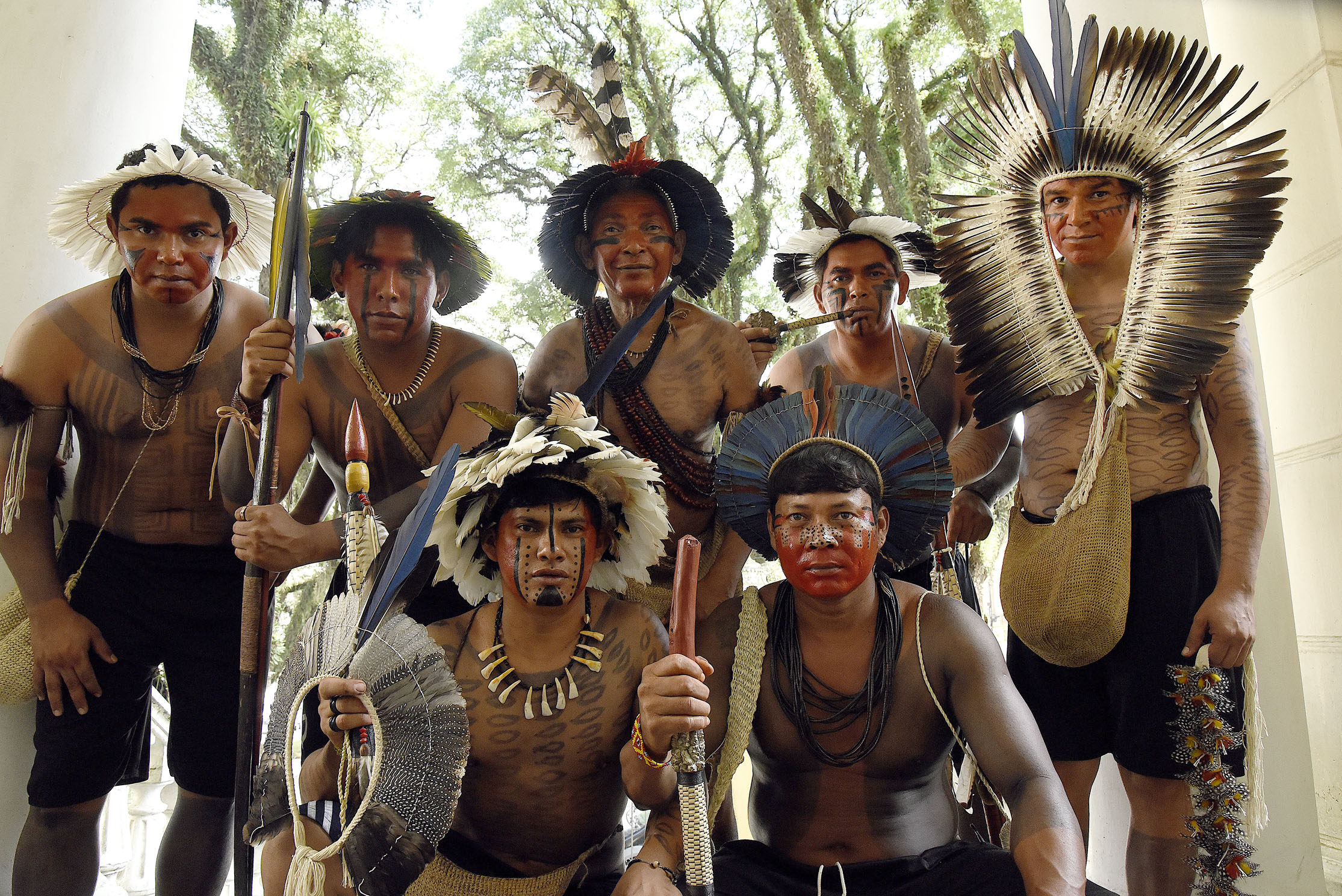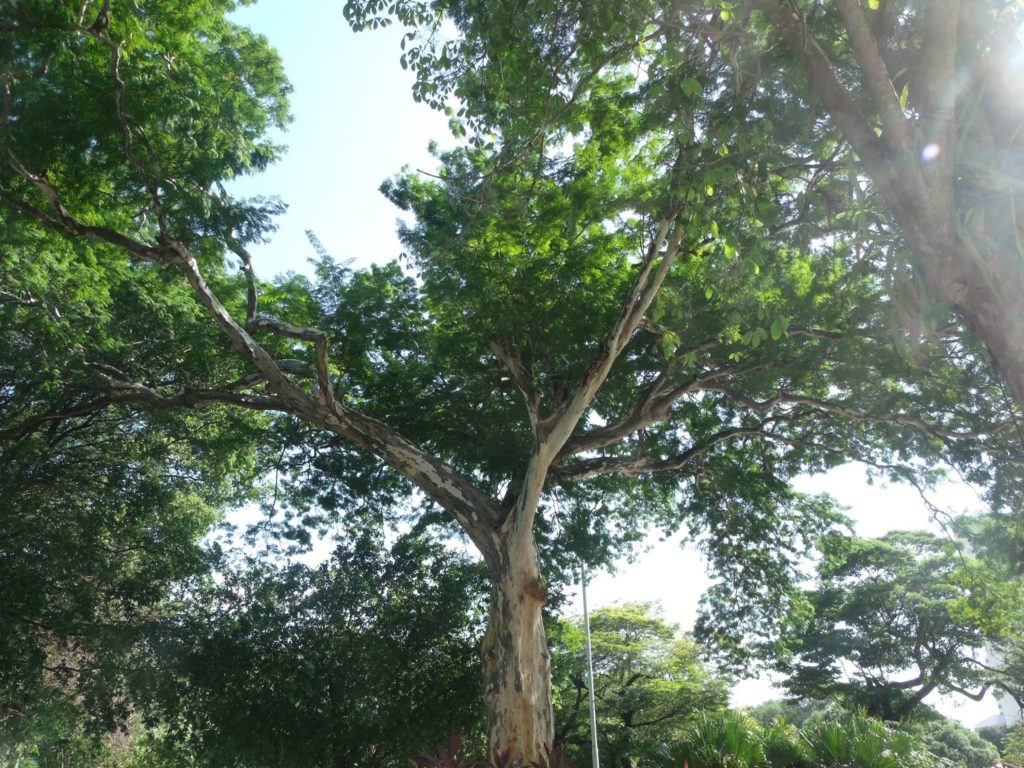Rapé and the Sacral Chakra: Unlocking Creativity, Sensuality & Life Energy
Rapé (also spelled hapé) is a sacred Amazonian medicine that has been used by indigenous tribes for centuries. In the West, it is becoming increasingly appreciated not just as a ritual plant, but a...
Sananga – a Sacred Plant Extract from the Amazon
Sananga is a remarkable plant extract from the Amazon rainforest, deeply rooted in shamanic traditions. It carries unique effects and an energy that words can hardly describe — but when you give it...
Ceremonial Cacao – The Elixir That Opens the Heart
Ceremonial cacao is much more than a hot drink. It is a sacred gift from the Earth, used for centuries in spiritual practices and healing rituals by indigenous cultures of South and Central America...
10 Possible Benefits of Rapé
Rapé, a sacred botanical preparation rooted in indigenous traditions, is often used ceremonially as an incense or for nasal application. While it holds deep ethnographic and historical value, it...
Hapé sacred medicine, shamanic snuff
Hapé or Rapé (Hapeh, Rapeh, Hapey) is legal and sacred shamanic medicine from the Amazon, pronounced "ha-peh" in English, is a fine powder prepared from Mapacho and a mixture of herbs, seeds, and a...
What is Amazonian Rapé?
Rapé or Rapeh, Hapé, Rapesito is a very sacred shamanic medicine produced by the indigenous tribes of South America, primarily in Brazil and Peru. Rapeh or Rapé, Hapé, Hapeh is pronounced "haa-pay ...
Kuripe - self-aplicator for Hapeh
The Hapeh's applicators, also known as “Tepi” and “Kuripe” are sacred instruments of indigenous origin generally made from different types of wood, bamboo, special rocks or bones and can carry orna...
Tepí - blowers, applicator for Rapé
The Tepi is an applicator that is used when somebody wants to blow mediciny to another person, normally a shaman or the person conducting a ceremonial.
The people in the forest use it for cere...
How to Use Rapé: A Step-by-Step Guide
Start with a pea-sized amount of Rapé in your palm. Consider a smaller amount if you are sensitive, have low pain tolerance, or if you’re new to Rapé. It is better to be underwhelmed and then ...
Mapacho / Rapé icaro for calming and grounding energies
In the Amazon tradition, when an apprentice follows the path of the curandero (“healer”), he follows diets that allow him to connect with the spirits of the plants. In this moment of deep communion...
History of Rapé
The origins of Rapé date back to the mid-15th century. Although it had been used in the Amazon jungle for thousands of years, it began to become popular when King Philip II ordered his physician to...
Ways to Blow Rapesito
There are many ways to blow Rapé: Long and slow, quick and sharp, and everything in between. You will soon learn to judge what is most appropriate, depending on your particular style or the needs o...
Palo Santo: a sacred wooden incense burner from Peru
In recent years, Palo Santo has become synonymous with space clearing and meditation rituals around the world. This sacred wooden product, which comes from South America, is popular not only for it...
Why Moringa is considered one of the most nutritious plant sources
Moringa, also known as the "tree of life" or "miracle tree", is a highly nutritious plant native to parts of Africa and Asia. Its scientific name is Moringa oleifera. It is praised for its numerous...
Embodiments of Master Saint Germain
In the 11th century BC, Saint Germain was embodied as the prophet Samuel. Saint Germain was embodied as Saint Joseph, the father of Jesus and the husband of Mary.
• In the late 3rd century, he ...
Chaga Siberian, Chaga - the strongest natural antioxidant in the world
Content of the article
1. What is chaga? What does this miracle mushroom bring?2. What is chaga used for?3. For what problems is it appropriate to reach for chaga?4. What spectrum of vitamins does...
Mushrooms in a petri bowl shows it amazing mycelium
If you cultivate a mushroom in a petri bowl on agar, its actual “shape” becomes visible. The essential part of a mushroom, the Mycel, is usually hidden from our eye. What we perceive as a “mushroom...
Dragon’s Blood – A Natural Treasure from the Amazon
Dragon’s Blood is a rare and powerful resin hand-harvested from wild-growing trees deep in the Peruvian rainforest. It comes from the Croton Lechleri tree, also known as Sangre de Drago or Sangre d...
Mapacho: Sacred Tabaco and a Bridge to Spirit
Mapacho, also known as Nicotiana rustica, holds a deeply respected place in Amazonian traditions. Far more potent than the everyday tabaco found in cigarettes, Mapacho has been used for centuries b...
Chilcuague - Aztec Gold Root
Chilcuague, also known as Heliopsis longipes or "Aztec Gold Root," is a medicinal plant native to central Mexico, particularly the Sierra Gorda region. Its root has been traditionally used for its ...
Kambo frog vaccine medicine
Kambô, also known as the “frog vaccine,” is the cutaneous secretion of the frog Philomedusa bicolor, native to the Amazon rainforest. Originally, the use of kambô is associated with the native conc...
The Puyanawa tribe
The Poianauas (Puyanawa) are an indigenous group that lives in the far west of the Brazilian state of Acre, more precisely in the Indigenous Land Poyanawa, located in the municipality of Mancio Lim...
The Shawãdawa (Arara) tribe
‘Shawa’ means the red parrot Ara and ‘dawa’ means family. Around 1940 the tribe was thought to have died out. In the 1970s, the government tried hard to reach out to them because a highway was bein...
The Kaxinawa Tribe (Huni Kuin)
The Kaxinawá (Huni Kuin) people are the original inhabitants of Brazil and Peru. Their cities lie along the Purus and Curanja rivers in Peru and the Tarauacá, Jordão, Breu, Muru, Envira, Humaitã an...
The Yawanawa Tribe
Since time immemorial Yawanawa people have lived in harmony with nature on the banks of the Gregorio river in the Amazonian region that concentrates the greatest biodiversity on the planet. In this...
The Kuntanawa People: History, Struggles, and Cultural Revival
In the late 19th and early 20th centuries, the Kuntanawa tribe was nearly exterminated in the heart of the Amazon by armed groups seeking to establish rubber plantations on their lands, located in ...
The Nukini tribe from Acré, Brazil
The Nukini tribe, often called the "People of the Jaguar," ranks among the most resilient indigenous groups inhabiting the Brazilian state of Acre, deep in the heart of the Amazon rainforest. Th...
Kariri-Xocó tribe
The Kariri-Xocó: A Proud People Holding Space for Spirit and Tradition
Nestled along the banks of the great São Francisco River in the Brazilian state of Alagoas, the Kariri-Xocó community is...
Fulni-ô tribe
Meet the Fulni-ô: Guardians of Sacred Tradition in Brazil's Northeast
The Fulni-ô is the only indigenous group of Northeastern Brazil that was able to keep its language – the Ia-tê – alive an...
Discover Your Life Path Number and Glimpse into Your Destiny
The essence of your life can be understood by calculating a single number – your Life Path Number. This number is linked with other numerological cycles of your life and everything that should be c...
The Root Chakra (Muladhara): Your Key to Stability and Security
Do you often feel tired, anxious, or like your head is in the clouds, unable to focus? It might be time to tend to your foundations—your Root Chakra. This energy center is the pillar upon which y...
Mulateiro "Tree of Youth"
Mulateiro (Calycophyllum spruceanum) is a large tree with a height of 20 to 35 meters. It is a native plant of the tropical regions of the Amazon, including Colombia, Ecuador, Peru, Bolivia and Bra...

